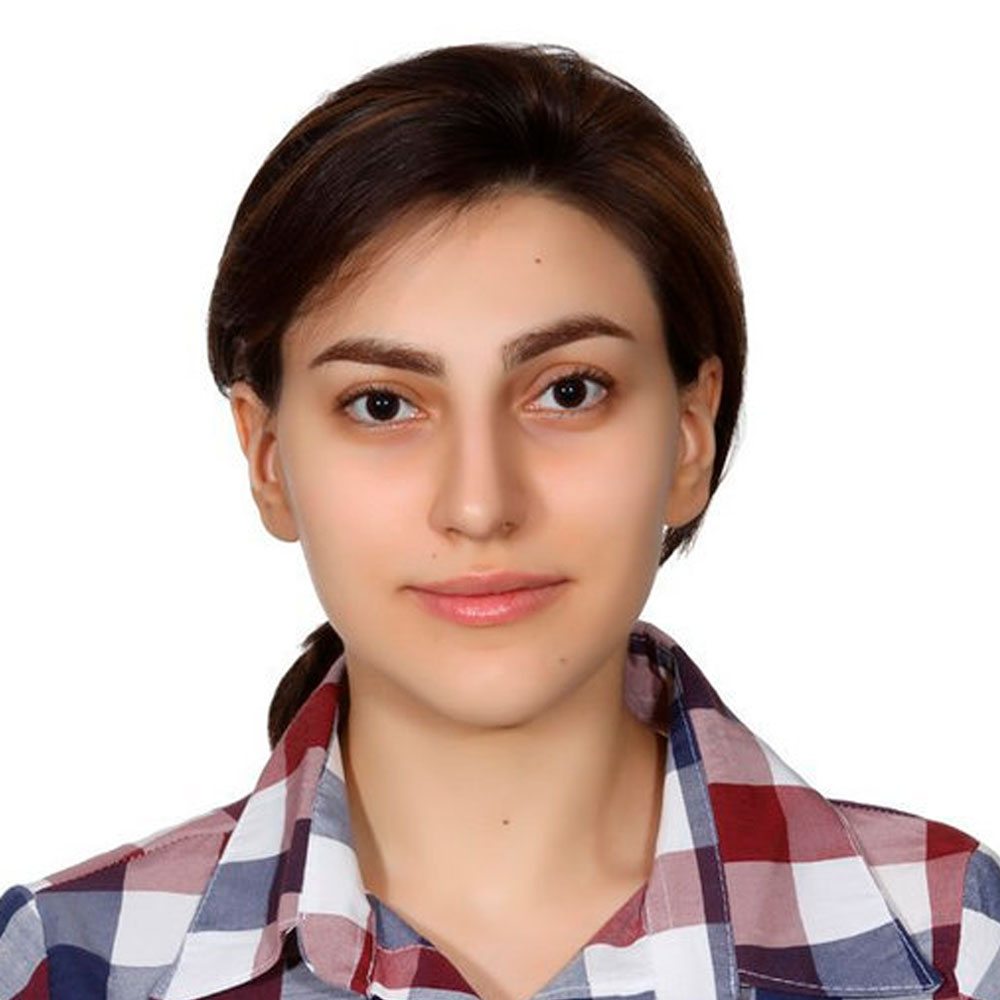-
This project has received funding from the European Union’s Horizon 2020 research and innovation programme under grant agreement No 955923
MARIE SKŁODOWSKA-CURIE ACTIONS Innovative Training Networks (ITN) Call: H2020-MSCA-ITN-2020

Subsonic confined flows are encountered in a wide variety of applications such as vehicle underbodies and ventilation systems. In such systems, flow separation due to obstacles in the flow and geometry variations is inevitable. Because of the lightweight design of the confining structures, aerodynamic pressure fluctuations excite structural vibrations forming a one-way aerodynamic-structural coupling. However, vibrations are also excited by acoustic waves propagating through the flow, resulting in an interaction more accurately described by a two-way vibroacoustic coupling. The structural vibrations generate excessive noise radiation towards, for instance, the cabin of a car.
In order to develop an accurate prediction tool for flow-induced vibrations and their effect on far-field noise radiation, we couple an in-house aero-acoustic solver for the linearized Navier-Stokes equations based on a high-order discontinuous Galerkin discretization to a structural Finite Element (FE) and a Computational Fluid Dynamics (CFD) solver. Dedicated measurements on a selected use case (flow-acoustic duct, flexible panel, and a cavity), subject to buffeting phenomena, will be carried out to provide an experimental aerodynamic and acoustic database for the validation of (non-)linear simulation frameworks for the prediction of aero and vibroacoustic noise generation mechanisms. Finally, noise mitigation solutions such as flow control strategies and using metamaterials will be explored.














SSeCoID | Stability and Sensitivity Methods for Flow Control and Industrial Design
MARIE SKŁODOWSKA-CURIE ACTIONS | Innovative Training Networks (ITN)
Call: H2020-MSCA-ITN-2022
